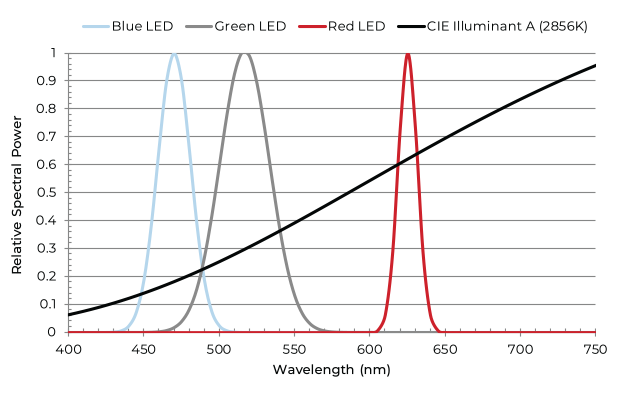

September 17, 2013.The atomic transition from the 6S orbital, Delta_f1, is the transition that defines the meter. As one gets farther from the point at which the two surfaces touch, the distance d increases because the lens is curving away from the flat surface.ĬC licensed content, Specific attribution The two reflected light rays now travel in the same direction to be detected. This second air-glass boundary imparts a half-cycle phase shift to the reflected light ray because air has a lower n than the glass. The light that is transmitted into the air does not experience a change in phase and travels a a distance, d, before it is reflected at the flat glass surface below.

At this boundary, some light is transmitted into the air, while some light is reflected. An incident ray of light passes through the curved lens until it comes to the glass-air boundary, at which point it passes from a region of higher refractive index n (the glass) to a region of lower n (air). Where N is the bright-ring number, R is the radius of curvature of the lens the light is passing through, and λ is the wavelength of the light passing through the glass.Ī spherical lens is placed on top of a flat glass surface. Interference of Plane Waves: Geometrical arrangement for two plane wave interference. If the difference between the phases is intermediate between these two extremes, then the magnitude of the displacement of the summed waves lies between the minimum and maximum values. Examples of constructive and destructive interference are shown in. In this case, the magnitude of the displacements is equal to the difference in the individual magnitudes, and occurs when this difference is an odd multiple of π. Destructive interference occurs when the crest of one wave meets a trough of another wave. This is constructive interference and occurs when the phase difference between the waves is a multiple of 2π. If a crest of one wave meets a crest of another wave of the same frequency at the same point, then the magnitude of the displacement is the sum of the individual magnitudes. When two or more waves are incident on the same point, the total displacement at that point is equal to the vector sum of the displacements of the individual waves. Interference usually refers to the interaction of waves that are correlated (coherent) with each other because they originate from the same source, or they have the same or nearly the same frequency. Its effects can be observed in all types of waves (for example, light, acoustic waves and water waves). Interference is a phenomenon in which two waves superimpose to form a resultant wave of greater or lesser amplitude.

coherent: Of waves having the same direction, wavelength and phase, as light in a laser.

In other words, the wave undergoes a 180 degree change of phase upon reflection, and the reflected ray “jumps” ahead by half a wavelength. When light is reflected off a medium with a higher index of refraction, crests get reflected as troughs and troughs get reflected as crests.When light goes from a vacuum to some medium, like water, its speed and wavelength change, but its frequency f remains the same. Light exhibits wave characteristics in various media as well as in a vacuum.When two or more waves are incident on the same point, the total displacement at that point is equal to the vector sum of the displacements of the individual waves.


 0 kommentar(er)
0 kommentar(er)
